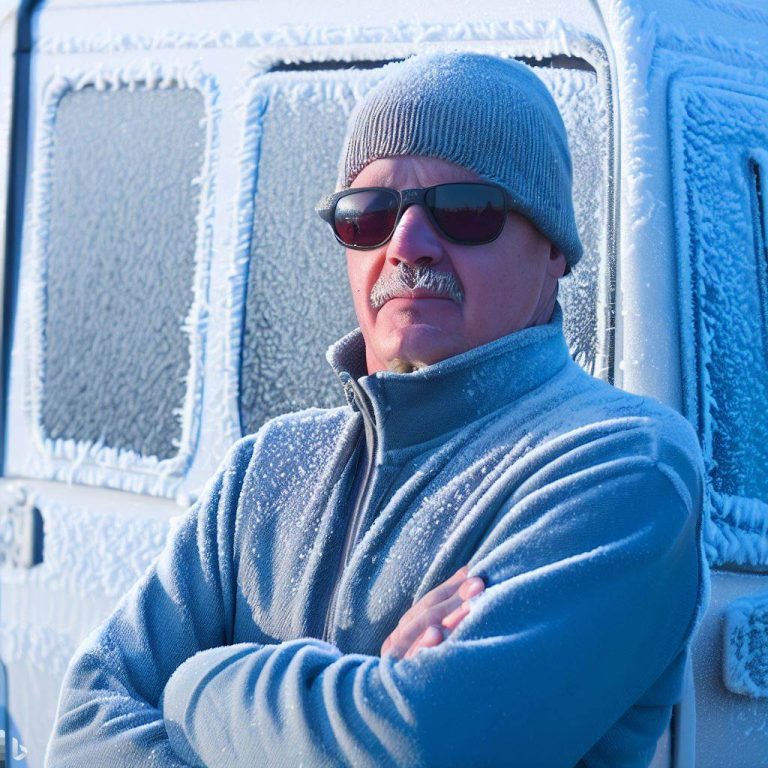
Winterizing Your RV: Protecting Your Investment from the Elements
As the temperatures begin to drop and the first flakes of snow start to fall, it’s time to start thinking about winterizing your RV. Whether you’re a seasoned RVer or a newbie to the world of recreational vehicles, taking the necessary steps to protect your investment from the harsh winter elements is crucial. Winterizing your RV not only ensures that it will be in top condition for your next adventure but also prevents costly damage that can result from freezing temperatures. In this article, we’ll walk you through the essential steps to winterize your RV, so you can enjoy peace of mind throughout the winter months.
Why Winterize Your RV?
Winterizing your RV is all about safeguarding its various systems and components from the potential hazards of cold weather. RVs are equipped with plumbing systems, water tanks, appliances, and more, all of which can be susceptible to damage caused by freezing temperatures. By properly winterizing your RV, you can prevent the following issues:
- Frozen Plumbing: When water freezes, it expands, which can lead to burst pipes, cracked fittings, and damaged valves. These issues can be not only expensive to repair but can also render your RV unusable until fixed.
- Damaged Appliances: Many RVs come equipped with appliances such as refrigerators, ice makers, and water heaters. If these appliances are not properly winterized, the residual water within them can freeze and cause irreversible damage.
- Cracked Tanks: Your RV’s fresh water, gray water, and black water tanks can crack if they’re not fully emptied and treated with antifreeze. Cracked tanks can lead to leaks and contamination, resulting in extensive repairs.
- Mold and Mildew: Moisture can accumulate in your RV during the winter months, leading to mold and mildew growth. Proper ventilation and moisture control are essential to prevent these issues.
Step-by-Step Guide to Winterizing Your RV
1. Gather Your Supplies
Before you begin the winterization process, make sure you have all the necessary supplies on hand. This includes non-toxic RV antifreeze, a water heater bypass kit, a water pump converter kit, a socket wrench set, a water heater flush wand, and basic hand tools.
2. Drain Water Tanks
Start by draining your RV’s fresh water, gray water, and black water tanks. Flush out the tanks thoroughly to remove any residual waste. This step is critical to prevent freezing and potential damage to the tanks.
3. Bypass the Water Heater
If your RV is equipped with a water heater bypass system, use it to divert water away from the heater. If not, you’ll need to manually disconnect the water lines to the water heater and drain it completely.
4. Flush the Water Heater
Use a water heater flush wand to clean out any sediment or buildup from the water heater. This helps maintain the efficiency and longevity of the appliance.
5. Add Antifreeze to Plumbing Lines
Connect a water pump converter kit to your RV’s water pump. Use this kit to draw antifreeze into your plumbing lines, ensuring that all faucets, showers, and toilets are flushed with antifreeze. This step prevents any remaining water from freezing and causing damage.
6. Protect Drains and Traps
Add a small amount of RV antifreeze to each drain and toilet bowl to prevent the traps from freezing and cracking. This also helps keep odors at bay.
7. Seal Windows and Vents
Inspect all windows, doors, and roof vents for gaps and cracks. Seal any openings with weatherstripping or silicone caulking to prevent drafts and moisture from entering your RV.
8. Cover Tires and Protect Exterior
Invest in tire covers to shield your RV’s tires from harsh winter conditions. Additionally, consider applying a protective wax or coating to the exterior to prevent rust and maintain the vehicle’s appearance.
9. Store with Care
If possible, store your winterized RV in a covered storage facility or under a protective cover. This provides an extra layer of defense against the elements.
Conclusion
Winterizing your RV is a necessary step to ensure that your investment remains in excellent condition, even during the harshest winter weather. By following these steps and taking the time to prepare your RV for the cold months ahead, you’ll not only avoid costly repairs but also ensure that your home away from home is ready to hit the road when the warmer weather returns. Remember, a little preparation now can go a long way in preserving the longevity and value of your cherished RV.